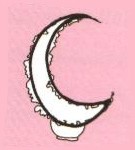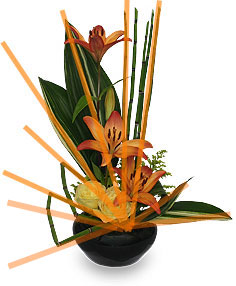 Has it been a while since you’ve reviewed the good ole’ elements & principles of floral design? Take this quiz and see if you might need to hit the books for a refresher! No matter how traditional or far-out contemporary, good design makes use of all these principles. Grab some scratch paper and get started..
Has it been a while since you’ve reviewed the good ole’ elements & principles of floral design? Take this quiz and see if you might need to hit the books for a refresher! No matter how traditional or far-out contemporary, good design makes use of all these principles. Grab some scratch paper and get started..
1. What is not a primary characteristic of floral design?
(a) Line
(b) Pattern
(c) Symmetry
(d) Texture
2. A design using flowers and foliages in all one color in various hues is
(a) Achromatic
(b) Monochromatic
(c) Complementary
(d) Tetradic
3. When you are trying to create emphasis in a particular area of a design, it is the
(a) Symmetrical
(b) Visual Flow
(c) Focal Point
(d) Harmony

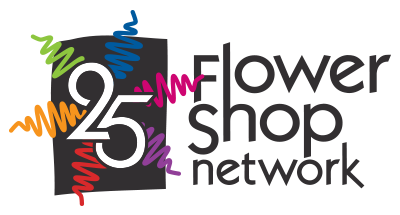
 Find Your
Find Your 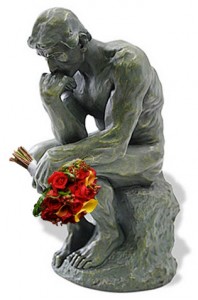 Preparing for the future is always easiest when we know from whence we came. In this month’s Aspects of Design from
Preparing for the future is always easiest when we know from whence we came. In this month’s Aspects of Design from 


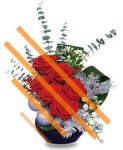
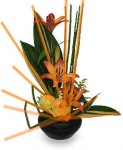
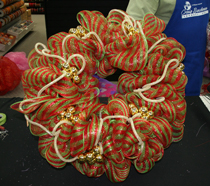
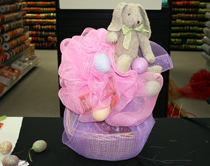
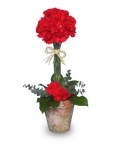
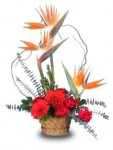
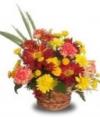
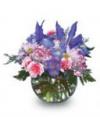
 One of the best things about art class was being able to mix the paints and see all of the variations of color that formed from the controlled spills. Our eyes are naturally drawn to color and soak up the creative hues. Well, florists have the same opportunity every time an arrangement is started. Flowers come in a rainbow of colors so blending the shades and hues into a dazzling, eye-catching bouquet is truly an artform.
One of the best things about art class was being able to mix the paints and see all of the variations of color that formed from the controlled spills. Our eyes are naturally drawn to color and soak up the creative hues. Well, florists have the same opportunity every time an arrangement is started. Flowers come in a rainbow of colors so blending the shades and hues into a dazzling, eye-catching bouquet is truly an artform.  Tertiary colors are the colors between primary and secondary colors on the color wheel. Red-orange, red-violet, blue-violet, blue-green, yellow-green, and yellow-orange are the tertiary colors. These are formed from mixing a primary color with the closest secondary color on either side according to the color wheel. Tertiary colors are particularly appealing in
Tertiary colors are the colors between primary and secondary colors on the color wheel. Red-orange, red-violet, blue-violet, blue-green, yellow-green, and yellow-orange are the tertiary colors. These are formed from mixing a primary color with the closest secondary color on either side according to the color wheel. Tertiary colors are particularly appealing in  Using these color schemes, a florist can easily create dimension and a colorful dynamic in flower arrangements. Knowing which colors appeal the most to the eye when paired with other colors is as much a matter of science as talent. While no one doubts the designer’s eye of a florist, using the color schemes of the color wheel provides another form of inspiration for floral designers.
Using these color schemes, a florist can easily create dimension and a colorful dynamic in flower arrangements. Knowing which colors appeal the most to the eye when paired with other colors is as much a matter of science as talent. While no one doubts the designer’s eye of a florist, using the color schemes of the color wheel provides another form of inspiration for floral designers.